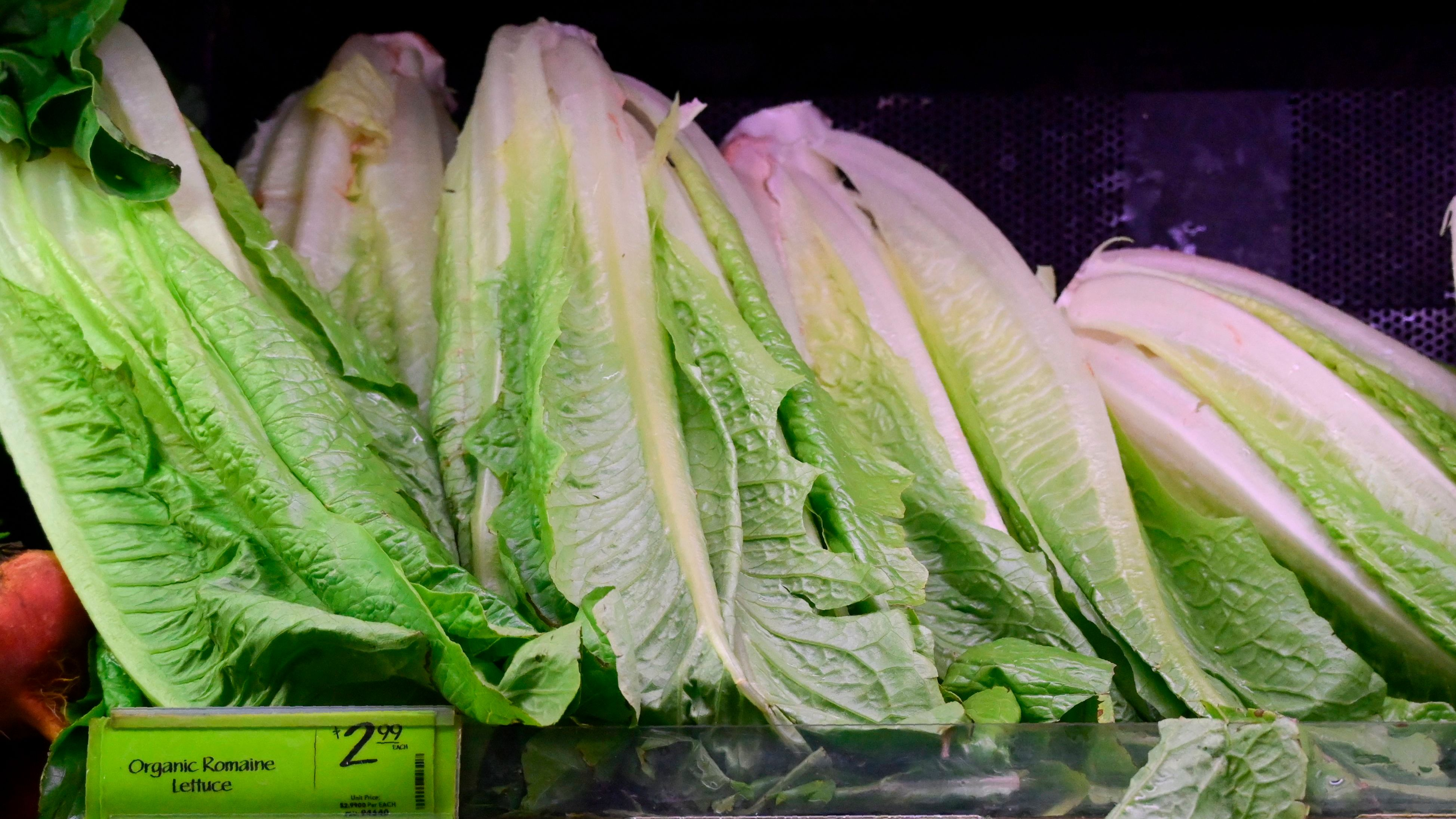Our Long National Nightmare Is Over—no, Not That One, The Romaine One
Yesterday, the Centers For Disease Control And Prevention announced that the outbreak of E. coli linked to romaine lettuce, which began in October, has reached its end. It's a helpful announcement, one which serves as an official and definitive all-clear for romaine-lovers across the continent. It's also a reminder that not all shitty things last forever.
The CDC's final tally counts 62 people who reported infection with the outbreak strain of Shiga toxin-producing E. coli O157:H7, and that those cases were reported from 16 states and the District of Columbia between October 7 to December 4, 2018. Of those 62 cases, 25 people were hospitalized, and two developed kidney failure. There were no reported deaths.
The outbreak was first brought to public attention two days before Thanksgiving. Federal health officials had more to say a week later:
On November 26, as illnesses continued to be reported, federal health officials determined that the likely source of the outbreak was lettuce from "the Central Coastal growing regions of northern and central California." Consumers were told that romaine from anywhere else, as indicated on a required label, could be sold and eaten.
By mid-December, the FDA and CDC had traced the outbreak strain to a water reservoir on a farm in Santa Barbara County. Since identifying the farm in question and recalling lettuce, cauliflower, and products made with those vegetables from that farm, only three cases have been reported. The danger has now apparently passed, just in time for the FDA to stop routine food safety inspections.
